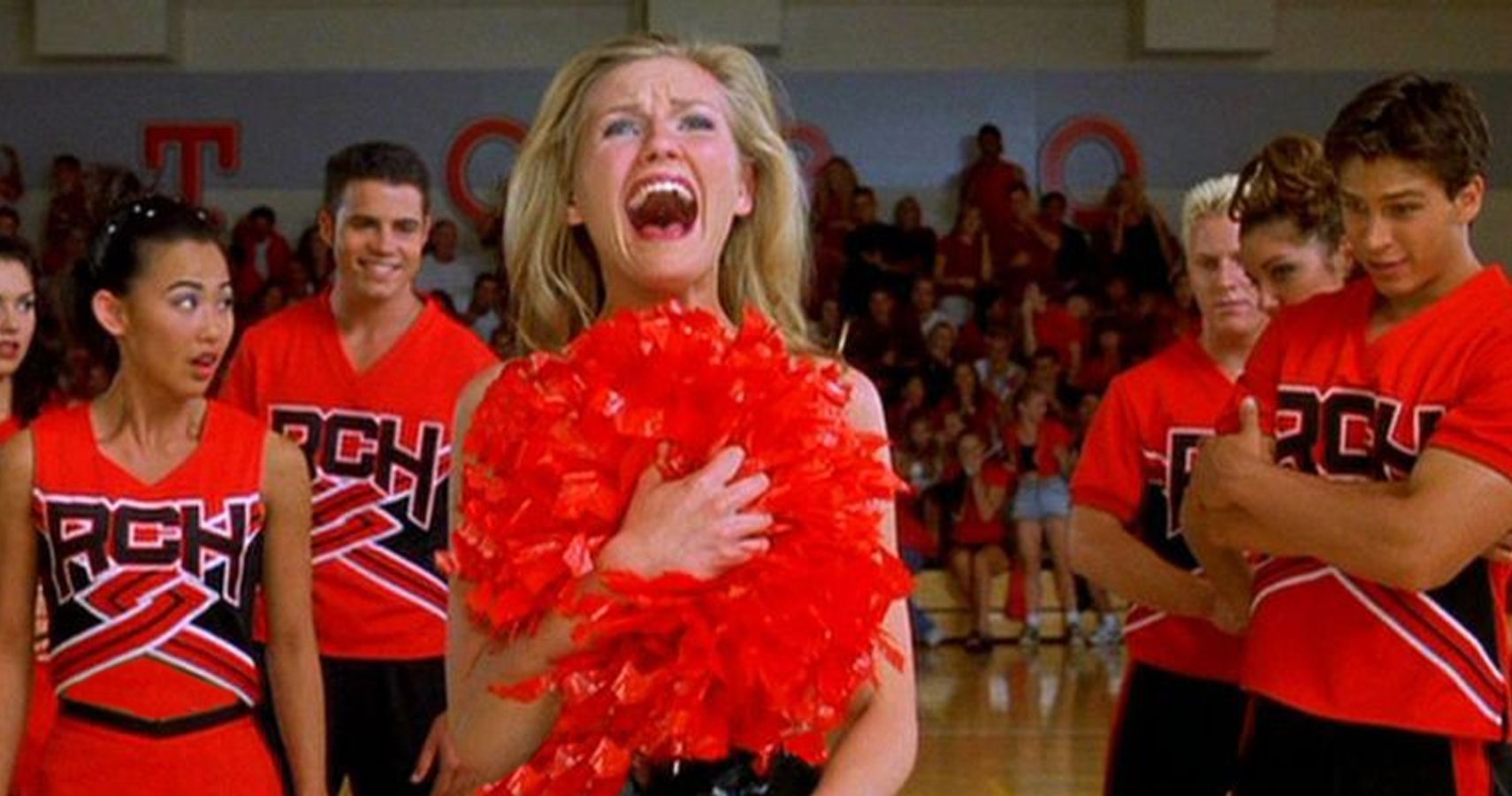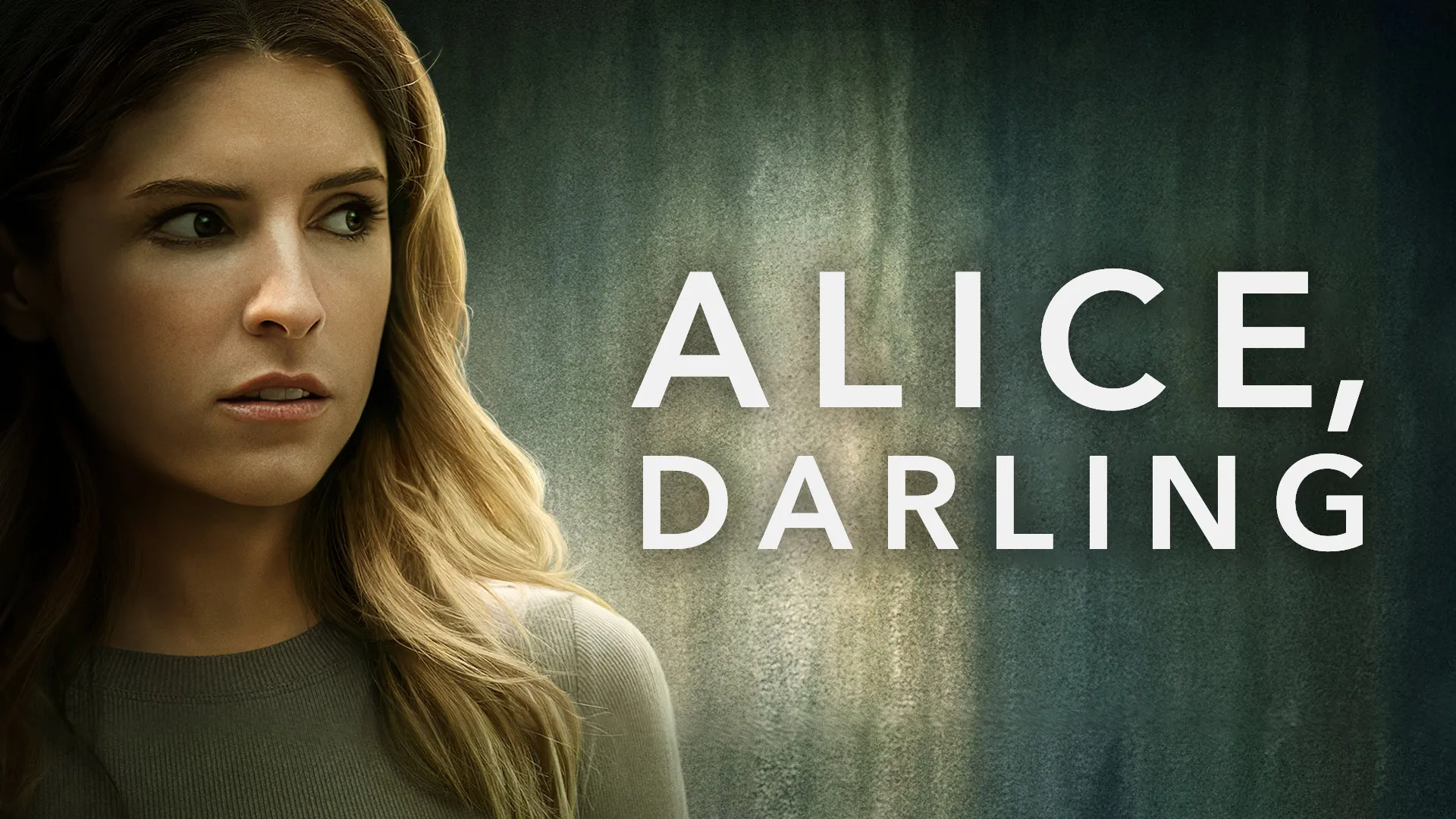“You Can’t Knock the Hustle”
Bring It On is a 2000 American teen comedy film that centers around the competitive world of high school cheerleading. Directed by Peyton Reed and written by Jessica Bendinger, the film became a cult classic for its sharp humor, energetic performances, and fresh take on the cheerleading genre. At its core, Bring It On is more than just a teen movie; it’s a story about rivalry, cultural clashes, teamwork, and the determination to succeed against all odds.
The plot follows Torrance Shipman, played by Kirsten Dunst, who takes over as captain of the cheerleading squad at Rancho Carne High School after the previous captain graduates. Torrance quickly discovers that her team’s routine, which they plan to perform at the upcoming national championship, has been stolen from another squad. The original creators of the routine are the East Compton Clovers, an underfunded and predominantly African-American team led by Isis, portrayed by Gabrielle Union. This revelation sets the stage for a cultural and socioeconomic conflict that drives much of the film’s tension.
One of the reasons Bring It On stands out among other teen films is its approach to addressing issues like cultural appropriation and economic disparity through the lens of cheerleading. The movie subtly highlights how the Rancho Carne team’s success has been built on appropriating the hard work of the Clovers, who lack the resources and recognition despite their talent. The film doesn’t shy away from showing these uncomfortable truths but does so with humor and a sense of fairness, ultimately promoting respect and understanding between the two squads.
Kirsten Dunst’s portrayal of Torrance is a central strength of the film. She embodies a character who is initially naive but grows into a more conscientious leader as she learns about the origins of the stolen routine. Torrance’s journey from denial to acceptance and cooperation reflects a larger message about accountability and integrity. Gabrielle Union’s Isis provides a strong counterbalance, presenting a confident and determined competitor who fights to reclaim what is rightfully hers. The dynamic between these two characters adds emotional depth to what could have otherwise been a straightforward teen comedy.

The film also shines with its energetic cheerleading sequences. The choreography is vibrant and well-executed, capturing the athleticism and teamwork required in competitive cheerleading. These scenes are not only entertaining but serve to underscore the film’s themes of dedication, discipline, and passion. The soundtrack, featuring upbeat pop and hip-hop tracks, complements the high-energy mood and helps to define the late-1990s/early-2000s era.
Bring It On was received positively by critics and audiences alike, praised for its witty script, charismatic cast, and the way it elevated the often-overlooked sport of cheerleading. It spawned numerous sequels and became a reference point in pop culture for cheerleading movies. Beyond its surface appeal, the film encourages viewers to think critically about fairness, respect for others’ creativity, and the importance of leadership and integrity.
In conclusion, Bring It On (2000) remains a beloved teen comedy that balances humor with meaningful commentary. Its memorable characters, exciting performances, and socially conscious undertones continue to resonate with audiences, making it a standout film in the genre of high school sports and teen movies.



-1751957913-q80.webp)